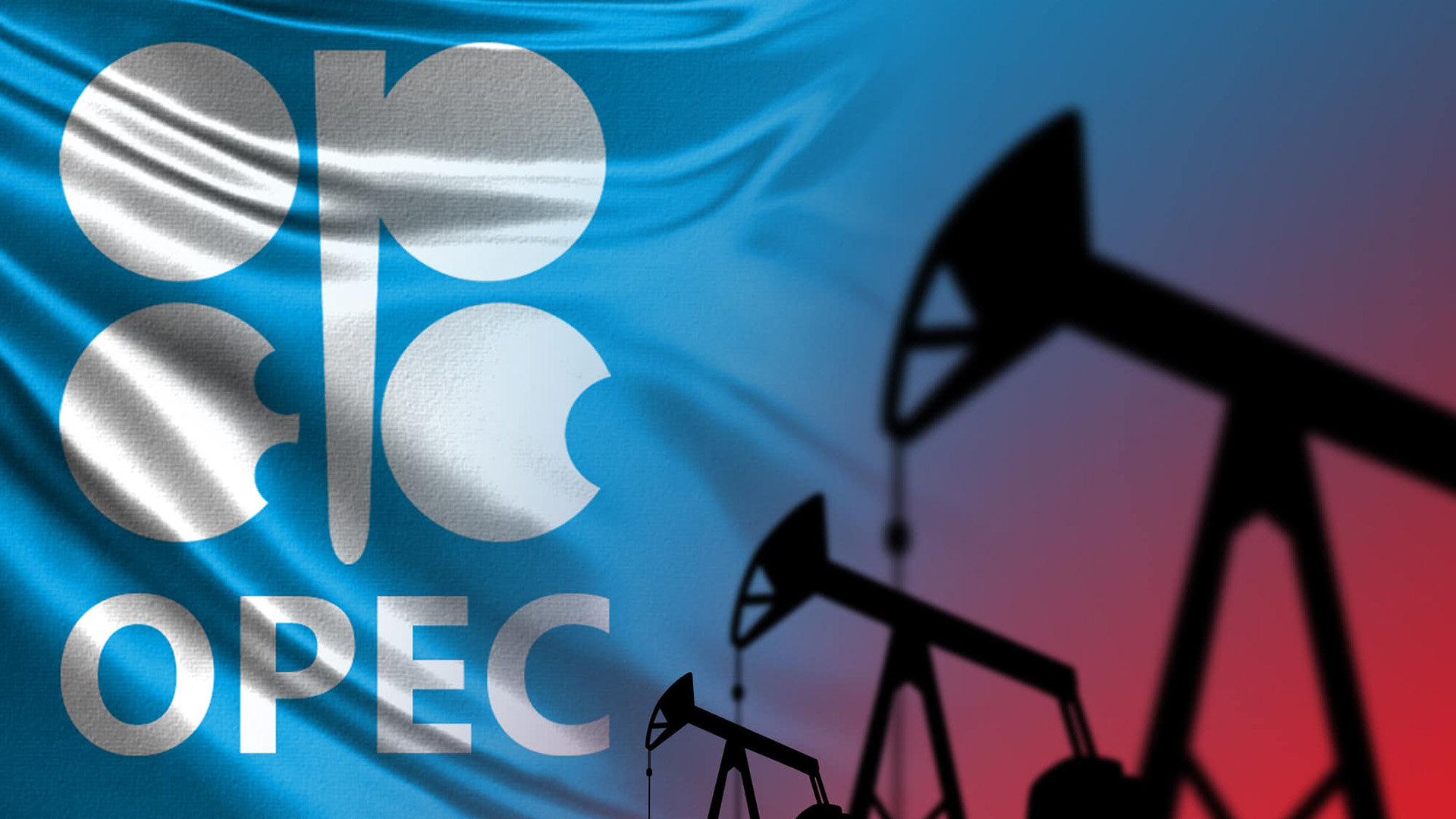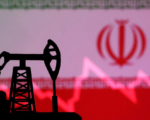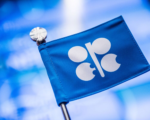OPEC+ Focuses on Compliance as Output Hike Postponed Amid Market Uncertainty

The OPEC+ alliance is tightening its focus on ensuring compliance with oil production cuts as it advances with a strategy involving both formal and voluntary output reductions. Two OPEC+ delegates, speaking anonymously due to the sensitive nature of the discussions, revealed that the coalition is particularly concerned about some members’ failure to adhere to their production quotas. Countries like Iraq and Kazakhstan, along with Russia, have been producing more than their agreed levels, challenging the credibility of OPEC+ efforts to stabilize the market.
Earlier in the month, the group delayed an anticipated return of 2.2 million barrels per day (bpd) to the market, initially scheduled for October, pushing the phase-out of voluntary cuts to December instead. OPEC+ members are operating under a complex structure of cuts: the group is set to produce 39.725 million bpd next year under its official policy, while eight key members, including Saudi Arabia, are voluntarily reducing output by an additional 1.7 million bpd until 2025.
Undercompliance within OPEC+ has been a recurring issue, undermining the alliance’s credibility as it tries to manage the global oil supply amidst geopolitical tensions in the Middle East, economic recovery uncertainties in China, and market volatility triggered by stock sell-offs. Oil prices, which have been relatively low throughout the year, fell again on Thursday following reports that Saudi Arabia may be willing to abandon its unofficial target of $100 per barrel to increase output after December.
Brent crude futures for November were trading at $71.44 per barrel on Thursday, down slightly from the previous session, while Nymex WTI futures remained stable at $67.75 per barrel. Carole Nakhle, CEO of Crystol Energy, suggested that Saudi Arabia’s potential pivot on price could be a warning to non-compliant OPEC+ members, noting that Riyadh has shouldered much of the burden of production cuts. She emphasized that while higher prices benefit Saudi Arabia, there has never been a fixed target price for the group.
OPEC+ ministers, including Saudi Arabia’s Prince Abdulaziz bin Salman, have reiterated that their primary goal is to reduce global oil stocks rather than aim for a specific price point. Nonetheless, some member countries rely on oil revenues to meet budgetary obligations. For instance, the International Monetary Fund estimates that Saudi Arabia needs oil prices to average $96.20 per barrel to balance its fiscal budget, a key factor as the kingdom invests heavily in its Vision 2030 economic diversification program.
Despite these pressures, Saudi Arabia has not shifted its OPEC+ strategy and continues to avoid targeting an explicit oil price, according to one OPEC+ source. Riyadh’s focus remains on long-term revenue generation through projects like Neom, a futuristic megacity designed to lessen the country’s dependence on hydrocarbons.
The history of Saudi Arabia using its production capacity as leverage within OPEC+ is not new. In 2020, a price war between Riyadh and Moscow led to a market glut during the early stages of the Covid-19 pandemic, briefly driving WTI oil prices into negative territory. OPEC+ currently relies on monthly production data from independent sources to monitor member compliance, with the Joint Ministerial Monitoring Committee, which oversees conformity, scheduled to meet next on October 2.





















